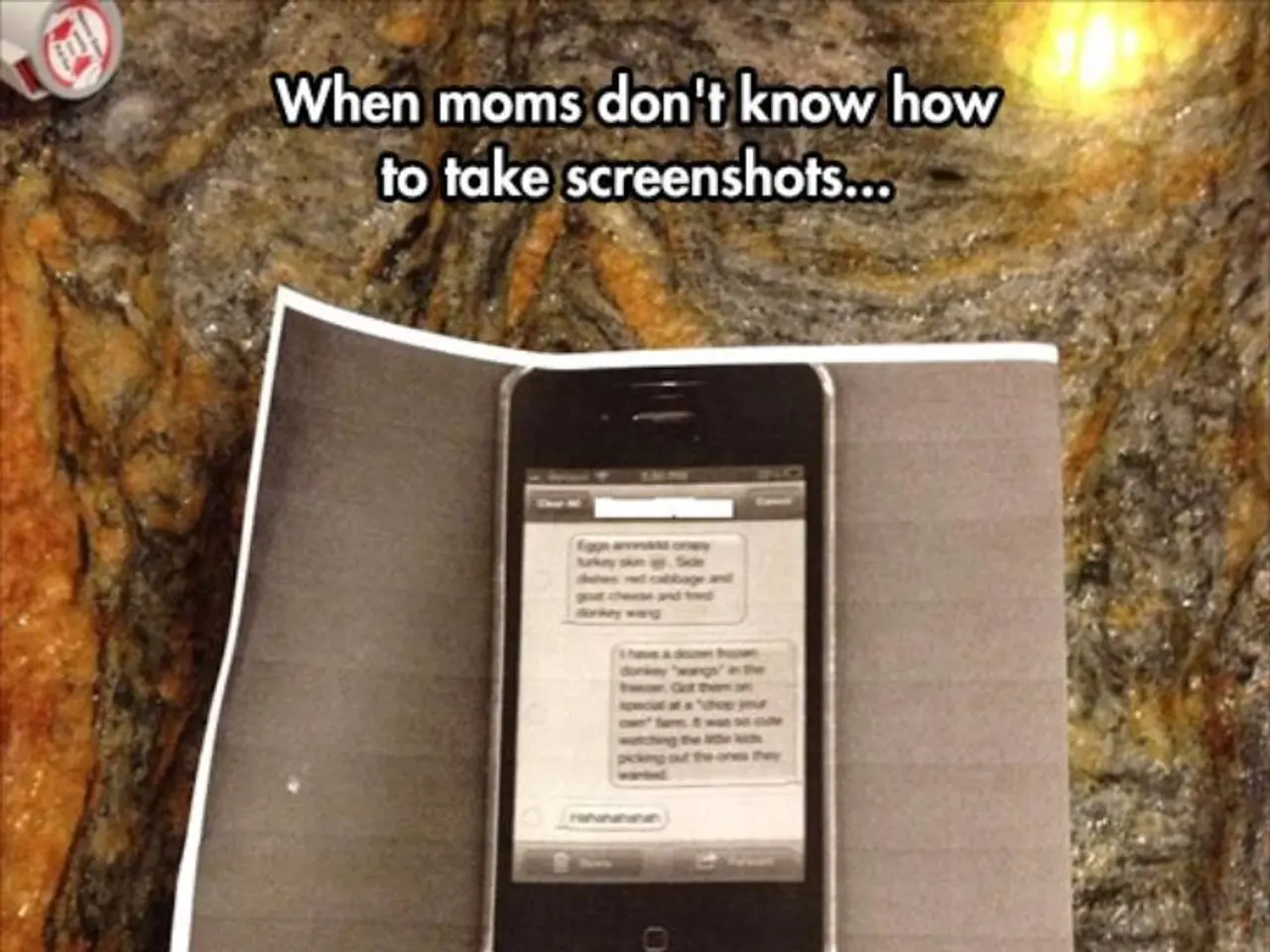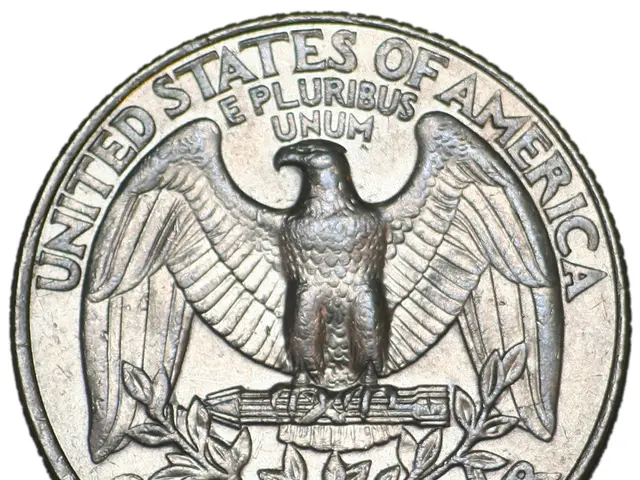FrogFind Secures the Wireless Access Point
In the realm of technology, nostalgia often intertwines with innovation. This is particularly true for the Wireless Application Protocol (WAP), a mobile internet standard designed for cellphones without sufficient bandwidth to handle HTML, which was rolled out in 1999. Today, with the sunset of 2G in many areas, vintage computer enthusiasts yearn to utilise their vintage phone hardware for WAP.
One such enthusiast, Sean, has taken it upon himself to bridge this gap. He has successfully modified FrogFind, a tool that translates modern web pages into pure HTML for vintage browsers, to function as a WAP translation engine. However, accessing WAP with vintage phone hardware remains a challenge.
Creating a 2G bridge is no easy feat. It involves bridging old cellular technology with current IP-based wireless networks. The key points and approach to creating a 2G bridge for vintage phones are as follows:
- Set up a local GSM BTS emulator or use compatible GSM gateway hardware that manages 2G phone connections while controlling transmit power.
- Connect the BTS to a modern IP backhaul—via LTE modem, wired internet, or Wi-Fi router.
- Implement or use a WAP gateway/proxy translating WAP requests to HTTP(S) responses.
- Configure network routing and bridging on routers (e.g., RouterOS) to handle IP forwarding, NAT, and bridge interfaces between your 2G BTS and internet connection.
- Test and tune the setup ensuring vintage phones can connect to the 2G BTS and successfully browse WAP pages.
While no single off-the-shelf device performs this end-to-end easily, custom configuration using open-source GSM stacks, modern cellular routers, and WAP gateway software is usually required. The complexity involves maintaining GSM protocol timing, legal low-power operation, and converting old WAP protocols to modern web formats.
If you're interested in more details on hardware or software options, or step-by-step instructions on a specific platform (e.g., Mikrotik RouterOS, OpenBTS), please ask. It's worth noting that running a 2G BTS or repeater illegally or without a license risks regulatory troubles.
In the past, tips or links to how-to guides for hacking WAP were welcome on the website, but such hacks for modern communications protocols like WAP are not common now. Phoning into sites with WAP produced a super-stripped down, paginated, text-only version of the page, a stark contrast to the rich multimedia experiences we enjoy today. The last time someone hacked into the WAP was in 2008, a testament to the challenges in reviving this once-popular protocol.
Despite these challenges, the idea of letting everyone dive right into the WAP remains an intriguing one. If you have a good idea for a 2G bridge that can access the modern web without attracting regulatory attention, it would be appreciated. After all, the joy of technology lies in its ability to connect us, regardless of the era.
- Due to the lack of modern cellular technology support in vintage phone hardware, hacking into the WAP has become increasingly challenging.
- The creation of a 2G bridge, using hardware like a local GSM BTS emulator and modern IP backhaul, is essential for accessing WAP with vintage devices.
- In the realm of technology, effort is being made to enable smartphones, gadgets, and even data-and-cloud-computing, using the revived WAP, a testament to the lasting influence of the past on the present.




